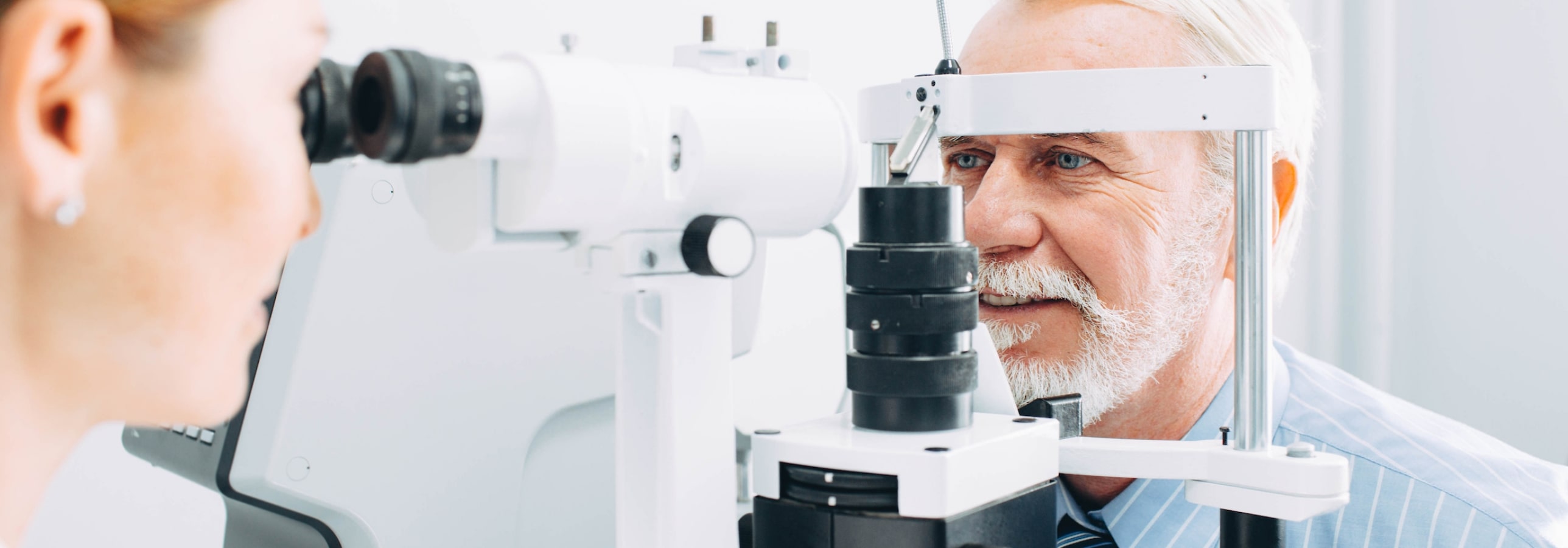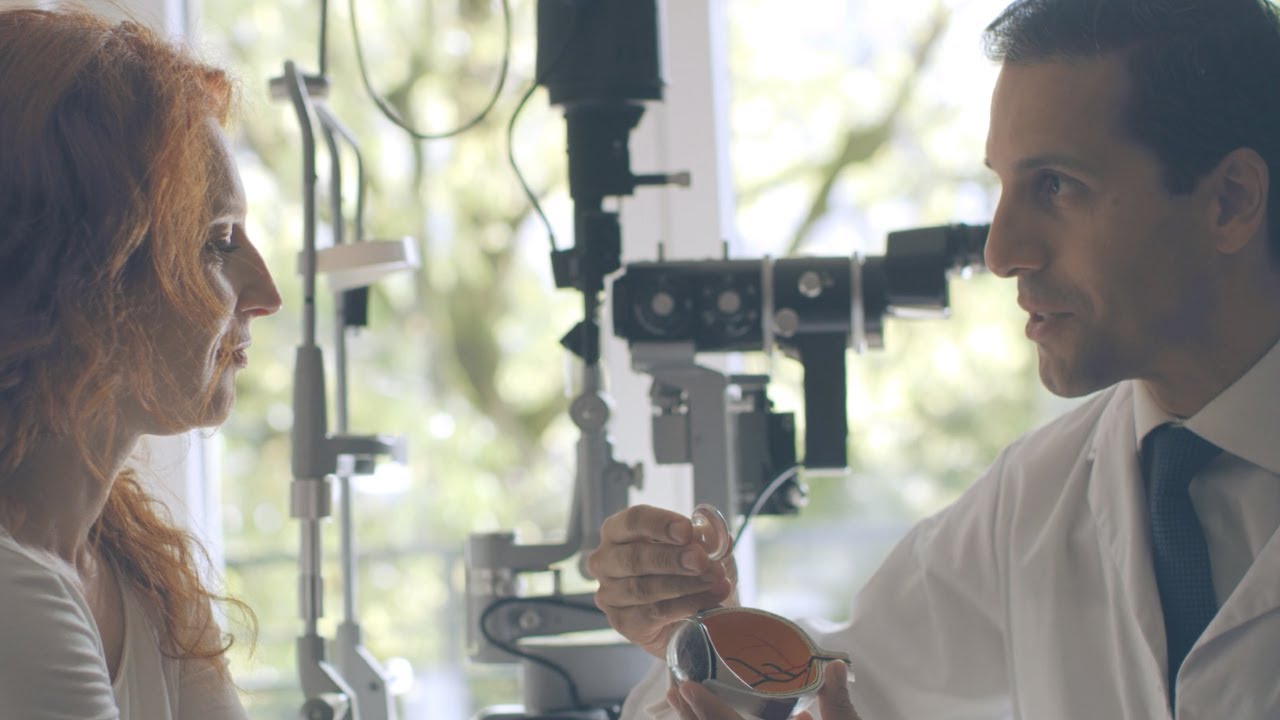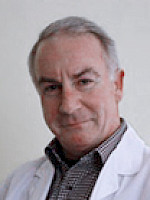
Ophthalmology
Ophthalmology is the technical term for the study of eye diseases. Ophthalmology therefore encompasses the prevention, diagnosis, and medical treatment of diseases involving the organ of vision.
Specifically, this branch of medicine deals with visual perception disorders as well as diseases and injuries of the eye as an organ – from the eyelid through the eye socket and to the back of the skull.
Treatments
In addition to providing advice and carrying out preventative examinations, the ophthalmologist’s duties primarily include treating visual disturbances and eye diseases. Possible remedies and aids include medication such as eye drops or eye ointment, eye plasters (known as occlusion therapy) or prescription of sight aids such as glasses or contact lenses.
In addition, numerous surgical procedures are also performed as part of ophthalmology. The treatment of cataracts, a typical symptom of ageing in the human eye, is the most frequently performed procedure in ophthalmology.
Other operations are associated with glaucoma, retinal detachment or eyelid conditions, as well as corneal transplants or the surgical correction of visual defects (also known as refractive surgery).
Most common examination procedures
Due to the large number of different eye diseases, ophthalmology now includes numerous examination procedures that are used depending on the symptoms and diagnosis. One of the best-known examinations is the sight test. This is the determination of visual acuity by eye tests, as well as the microscopic examination of the eye with the slit lamp, probably the most important instrument used by an ophthalmologist.
In addition, the following ophthalmology treatment methods help to detect eye diseases early on and treat them successfully:
- Measuring intraocular pressure (= tonometry)
- Measuring the sensitivity of the visual field (= perimetry)
- Retinaloscopy (= ophthalmoscopy) using special magnifying glasses
- Measuring the cornea (= keratometry)
- Visualisation of the macula and optic nerve (= optical coherence tomography (OCT))
Swiss Visio: a unique network of experts, dedicated to your vision






